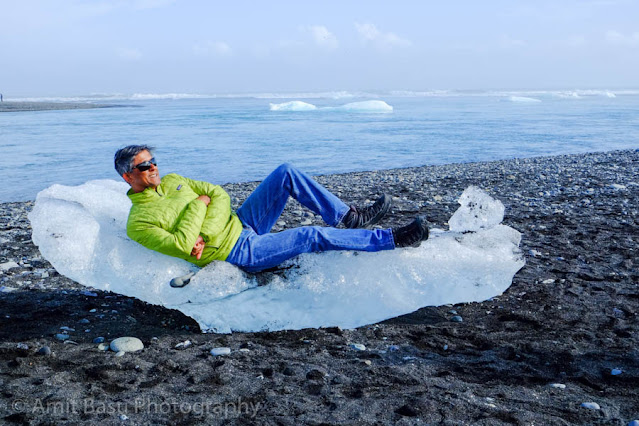If you are in Monument Valley, you must travel north few tens of miles to the "Valley of the Gods". When I heard of it first, well, of course, I thought: "that's quite a marketing name." But, it turned out to be rather divine, whatever that may mean to you. To me, it is a giant valley with amazing landscape, buttes that tower over you, tall red sandstone cliffs that rise in the distance. Being next to Monument Valley, of course, it has stiff competition, but it comes out close to that iconic landmark in its own unique way. The Valley of the Gods used to be part of Bears Ears National Monument. In 2017, an infamous evil person, he who shall not be named, reduced the area of Bears Ears National Monument, thereby excluding the Valley of the Gods. The area, thankfully, remains protected public land administered by the Bureau of Land Management.
You can drive the Valley of the Gods via a 17-mile gravel road (San Juan County Road 242) that winds around the formations. The western end joins Utah State Route 261 shortly before its 1200-foot ascent up Cedar Mesa at Moki Dugway, while the eastern end starts 9 miles from the town of Mexican Hat along U.S. Route 163.
One of the most imposing views in the Valley of the Gods is that of the Cedar Mesa in the distance. It forms a large wall along the north side of the valley, and looks quite stunning as the setting sun hits its red sandstone cliffs.
There is a whole collection of tall buttes scattered across the valley. Here we are close to Rooster butte and Sitting Hen butte. You may find the similarities if you imagine them along a different angle.

This is the Battleship Rock, that stands tall and wide, like a battleship, complete with chimneys and all that. Aptly named.
Here we are at the Castle Butte. The buttes have been named quite well, I must admit.
As the sun was beginning to disappear over the western horizons, and clouds were moving in. With a sad heart we were to say goodbye to the iconic landscapes of American West. These landscapes never get old. We will definitely come back here another time.











Comments